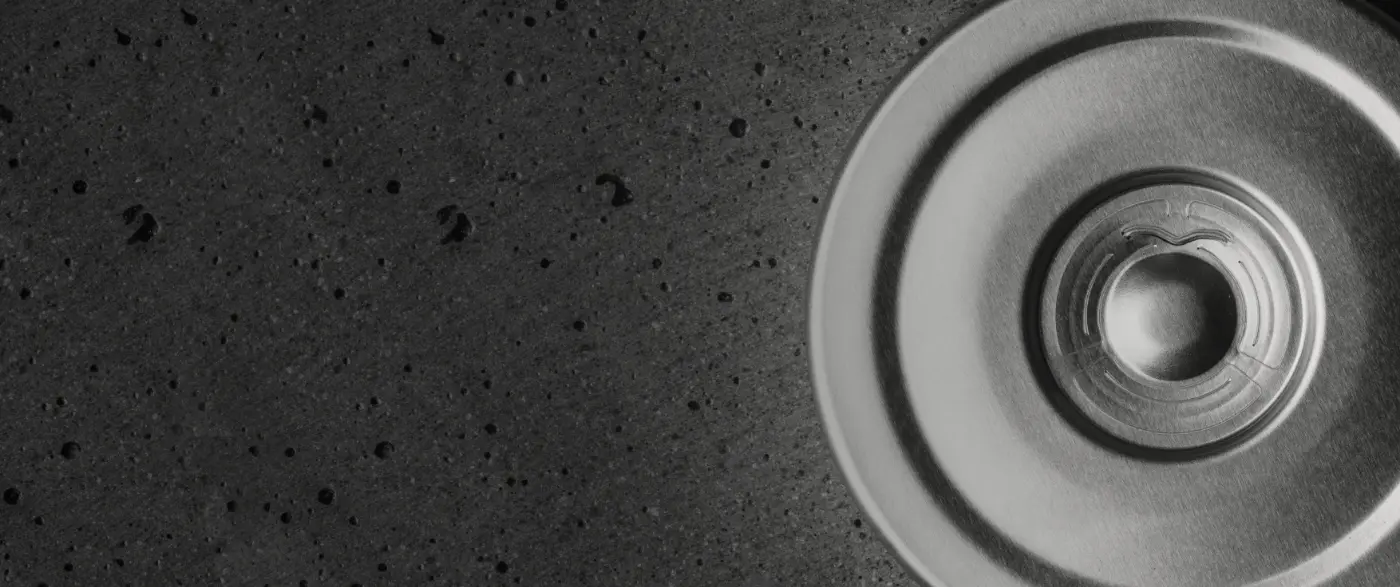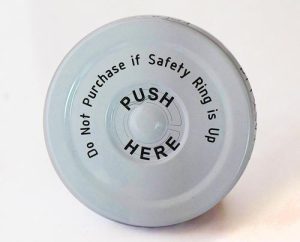Market Trends: Consumer Product Packaging in 2024

The global food packaging market value is forecast to rise from $353.7 billion in 2023 to $592.8 billion by 2033, according to Future Market Insights. The growth in the food packaging market is being fueled by transformative trends that evolved in 2023 and will continue to gain momentum in 2024.
Here are some of the key 2024 trends that are shaping the future of the packaging industry:
Increasing push toward sustainability
Environmentally conscious consumers and an evolving regulatory landscape will keep sustainability at the forefront of 2024 packaging trends. In 2024, there is expected to be a growing emphasis on making packaging recyclable or reusable. The global zero-waste packaging market size in 2023 was estimated at over $1 billion and is projected to reach nearly $2.5 billion by the end of 2033.

Source: Future Market Insights
Sustainability is now a mainstay in packaging. Brands today are increasingly integrating the use of recyclable materials in their packaging strategies to reduce packaging waste and shrink their carbon footprint. Meeting consumer preferences for environmentally friendly packaging, complying with evolving regulations and delivering on Environmental Social Governance (ESG) initiatives now requires brand owners to prioritize the use of circular packaging solutions.
Advancing technology
In 2024, technology will continue to transform the consumer product packaging industry. Technology such as QR codes and near-field communication (NFC) tags on packaging are increasingly providing consumers with interactive experiences, allowing them to access promotions, product information, recipes, sustainability statistics and more.
Technology is also allowing packaging designers to redesign and improve packaging – like the jar lid.
Evolving regulatory landscape
According to McKinsey, “new regulation governing sustainability dimensions of packaging is expanding on multiple fronts such as proportions of recycling or recycled content and is no longer confined to select countries or regions.”
Governments across the globe are implementing stricter regulations on packaging materials, setting higher recycling targets and requiring companies to sell products in easily recyclable packaging.
It is anticipated that the coming year will see an increase in Extended Producer Responsibility (EPR) laws for packaging waste. EPR is an approach that holds manufacturers more accountable for the full lifecycle of their packaging. Currently, 23 states can be categorized as EPR with manufacturers paying for the costs of recycling.
Forward thinking brands that adopt sustainable packaging solutions will be best positioned to navigate the evolving regulatory landscape.
Escalating demand for convenient, functional packaging
In 2024, consumer demand for convenient packaging will continue to gain momentum. Consumers stretched thin by work, family and social commitments are expected to drive a surge in the popularity of easy-to-open containers and resealable options.
Brands that deliver on convenience will increase both revenue and consumer loyalty. This is particularly true for specific types of purchases. According to the National Retail Federation, convenience is especially important to consumers when it comes to everyday items such as groceries, personal care items and pet supplies.
Growing imperative for inclusive packaging
Inclusive packaging design should be considered a necessity, not a trend. Inclusive packaging is packaging that is universally easy to open, easy to handle and easy to use by people of all ages and abilities.
In 2024, inclusive packaging is anticipated to have a larger presence on grocery store shelves. While companies should adopt inclusive packaging solely because it is the right thing to do, it does yield tangible benefits for brands. This approach to product packaging provides brands with competitive differentiation in a crowded market and allows companies to expand their customer base. Embracing inclusive, accessible packaging also allows brands to demonstrate their commitment to every customer, which leads to increased brand loyalty and customer retention.
The EEASY Lid delivers on all these trends

Sustainability: The EEASY Lid is made of recyclable aluminum. Easy for consumers to recycle, aluminum is a highly durable metal that can be recycled again and again without degrading its inherent value. Nearly 75% of all aluminum ever produced is still in use today.
Technology: CCT’s software designed EEASY Lid is the first jar lid innovation in over 75 years. The patented design makes opening jars up to 50% easier.
Compliance: Packaging innovations like the recyclable EEASY Lid are hitting the market just in time to help brands conserve natural resources, cut waste, reduce their carbon footprint and ensure food safety and quality. The EEASY Lid is a compliance ensured packaging solution brands can adopt now.
Convenience: The EEASY Lid is designed for convenience to help brands improve customer experience with their products. The EEASY Lid eliminates the nearly universal struggle of opening stubborn jar lids. Brands looking to appeal to busy consumers must deliver packaging features like this that can save consumers time and effort.
Inclusivity: Many brands are looking for packaging solutions that deliver on the core value of inclusivity. The EEASY Lid, which provides an unprecedented level of accessibility to jarred food products, is working to help brands make inclusive, accessible packaging the norm rather than the exception.
Contact us today to learn more about how the EEASY Lid can help your brand level up packaging to deliver on all these trends and remain competitive in an evolving marketplace.